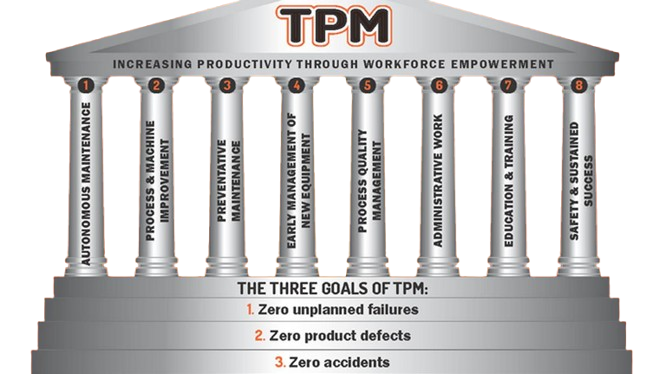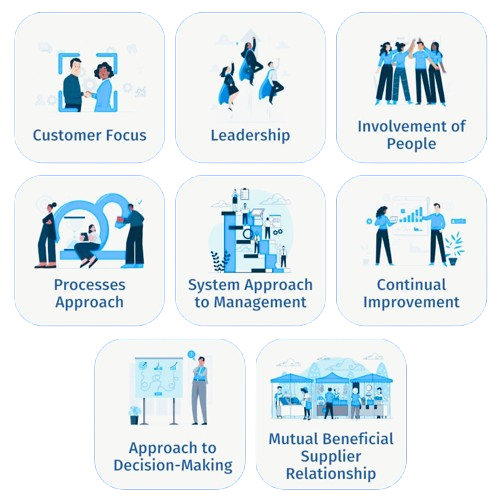Change Management

Echange management involves preparing, supporting, and helping individuals, teams, and organizations in making organizational change. Effective change management ensures that changes are smoothly and successfully implemented to achieve lasting benefits.
Cost of Poor Quality

The cost of poor quality (CoPQ) refers to the costs associated with providing poor quality products or services. It includes costs incurred due to failures, rework, and lost opportunities.
Continuous Quality Improvement (CQI)

Continuous Quality Improvement (CQI) is a systematic approach to identifying, analyzing, and improving processes within an organization to enhance performance and outcomes. It focuses on ongoing efforts to achieve incremental improvements
rather than one-time fixes which involves: Customer Focus, Data-Driven Decision Making, Process Orientation, Teamwork and Collaboration, Continuous Monitoring and Feedback
Establish mechanisms to regularly evaluate processes and track progress.
Supply Chain Management
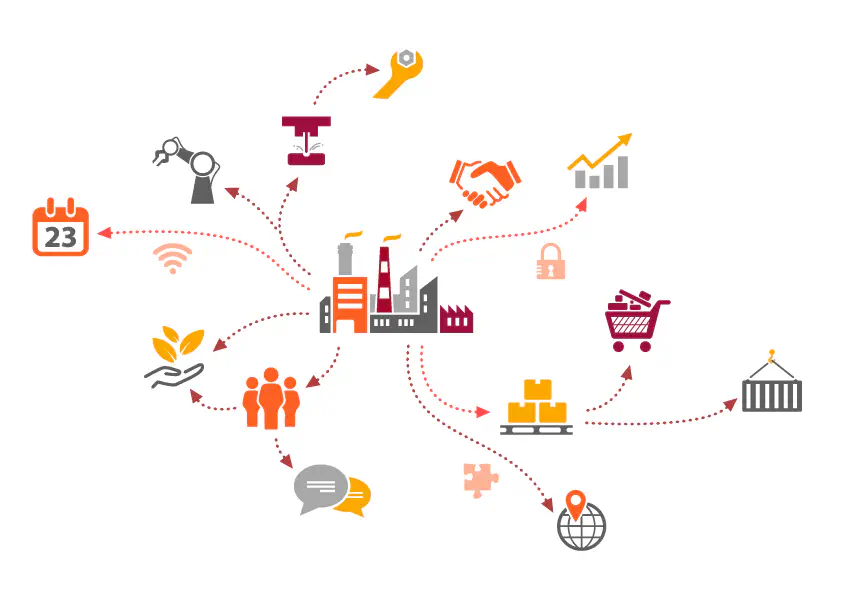
Supply chain management (SCM) is the management of the flow of goods and services. It involves the movement and storage of raw materials, inventory, and finished goods from point of origin to point of consumption.
Customer Complaint Handling
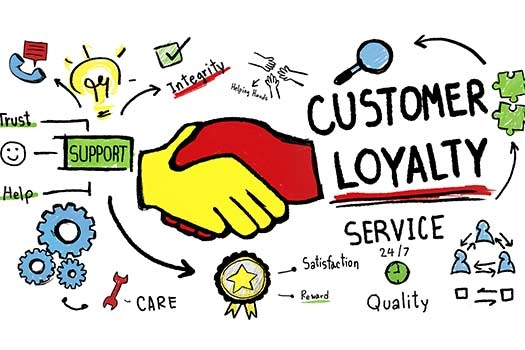
Effective customer complaint handling is crucial for maintaining customer satisfaction and loyalty. It involves listening to customer concerns and resolving issues promptly.
5-S

The 5-S methodology is a workplace organization method that uses a list of five Japanese words which are Seiri (Sort), Seiton (Set in order), Seiso (Shine), Seiketsu (Standardize), and Shitsuke (Sustain).
Kaizen

Kaizen is a Japanese term meaning "change for better." It refers to activities that continuously improve all functions and involve all employees from the CEO to the workers.
Workplace Standardization

Workplace standardization involves establishing consistent procedures for tasks to improve efficiency and quality. It ensures that everyone performs tasks in the same way.
Why-Why Analysis
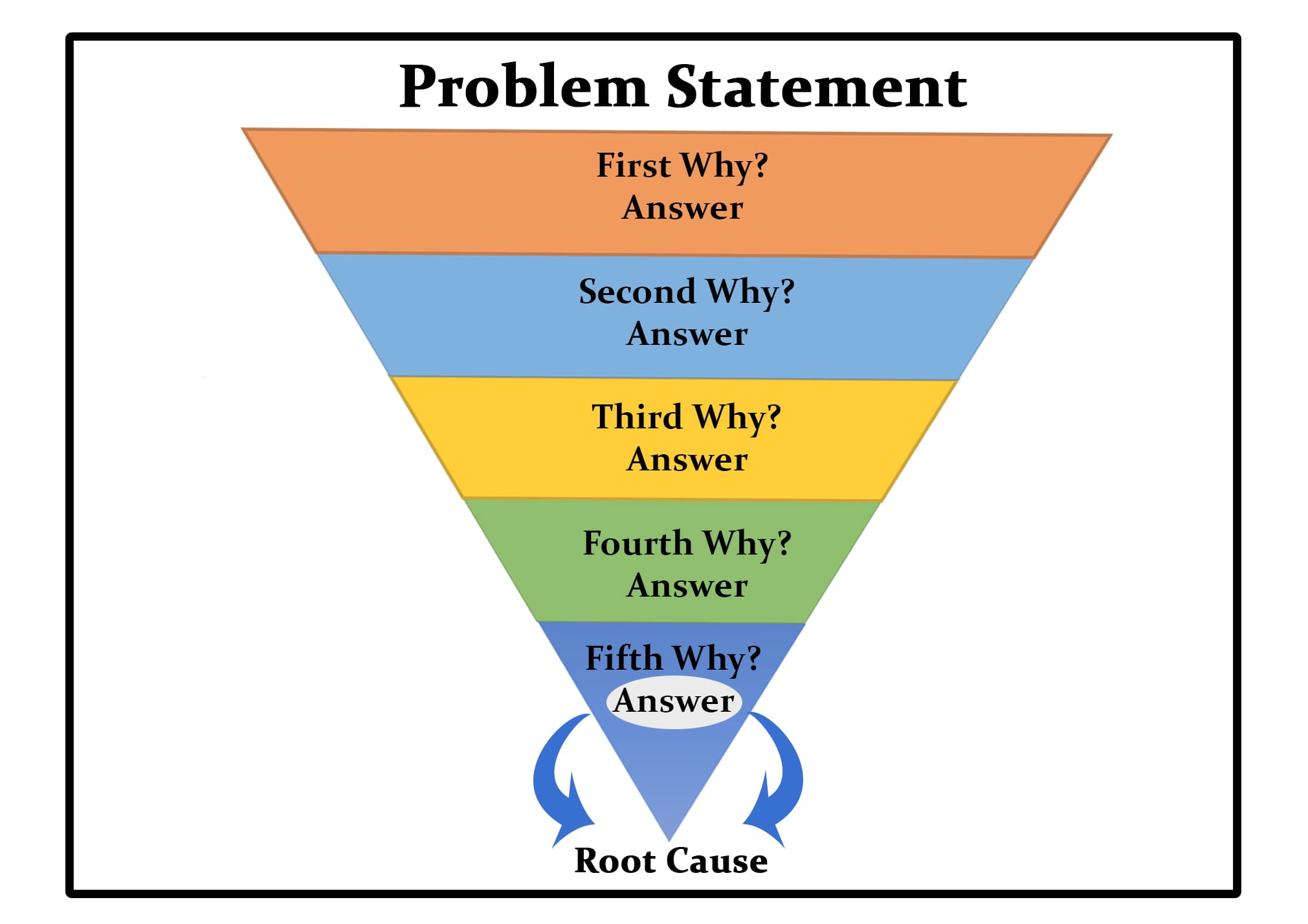
Why-Why analysis is a problem-solving technique used to identify the root cause of a problem by repeatedly asking the question "why?" until the fundamental issue is uncovered.
Daily Work Management

Daily work management focuses on planning, executing, monitoring, and improving daily operations in an organization to enhance productivity and efficiency.
Visual Management
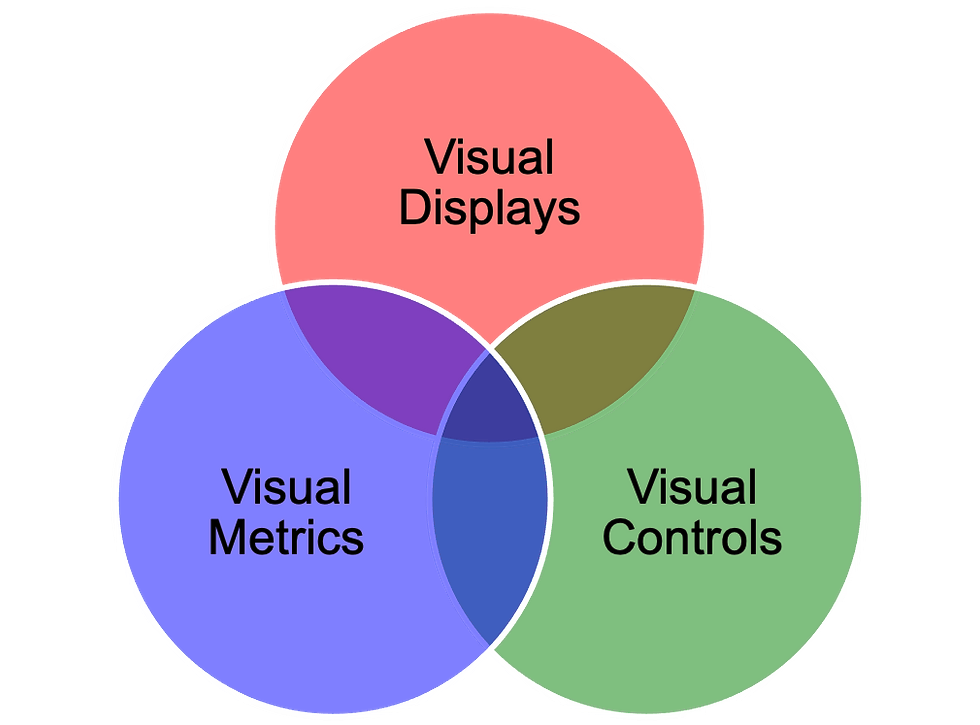
Visual management uses visual signals to communicate information about performance, processes, or standards in real-time. It helps teams understand their work environment better.
Value Stream Mapping
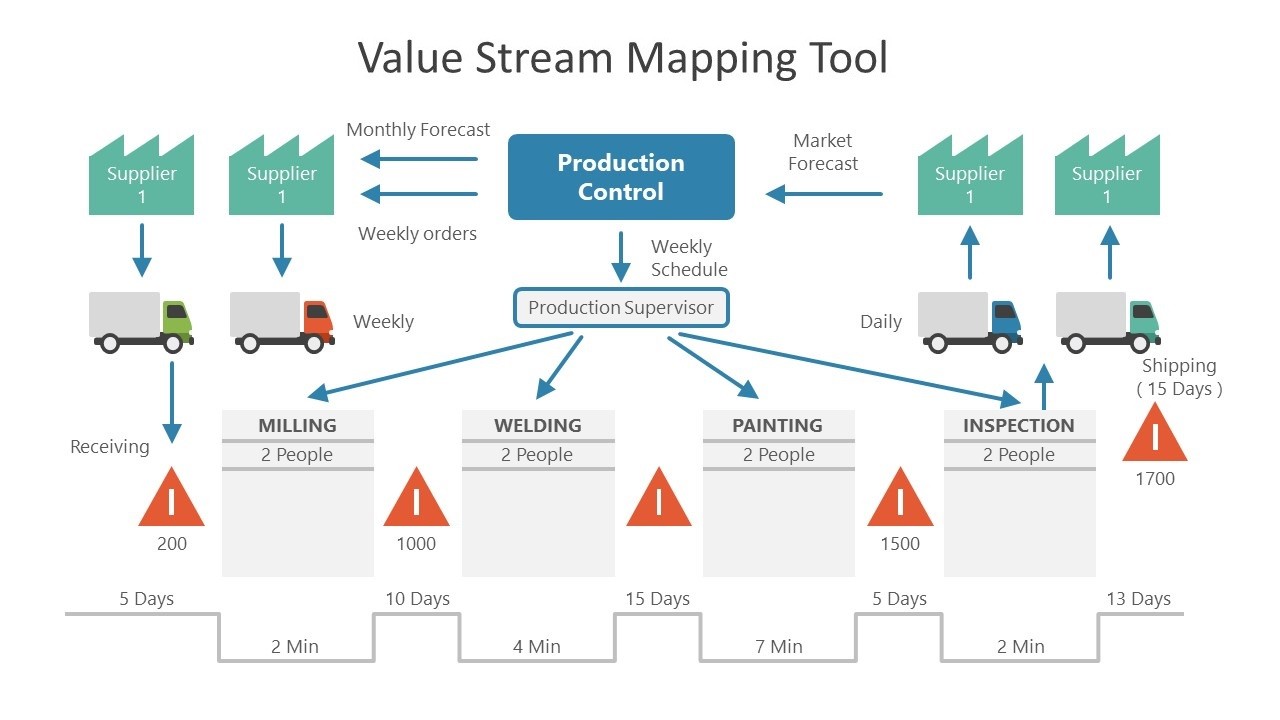
Value stream mapping is a lean-management method for analyzing the flow of materials and information currently required to bring a product or service to a consumer.
Mistake Proofing / Poke-Yoke
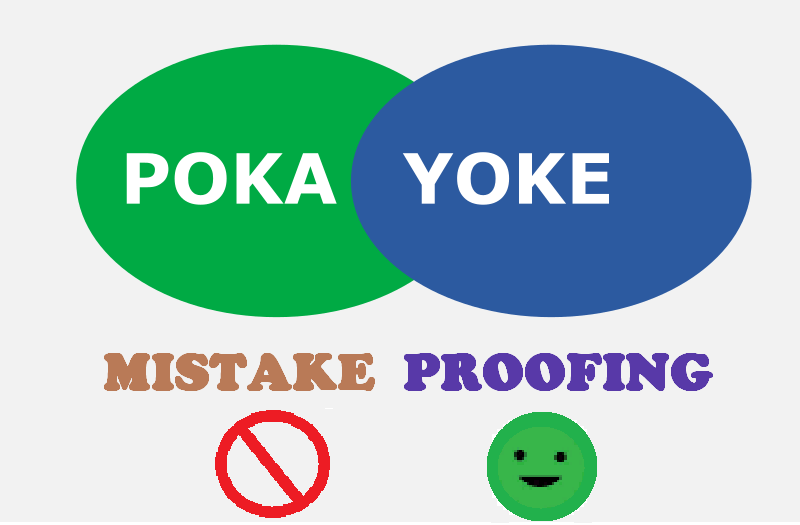
Mistake proofing (Poke-Yoke) refers to techniques used in manufacturing processes that help operators avoid mistakes by preventing incorrect actions or ensuring proper actions are taken.
Overall Equipment Effectiveness (OEE)

Overall Equipment Effectiveness (OEE) is a measure of how well a manufacturing operation is utilized compared to its full potential during the periods when it is scheduled to run.
Kanban
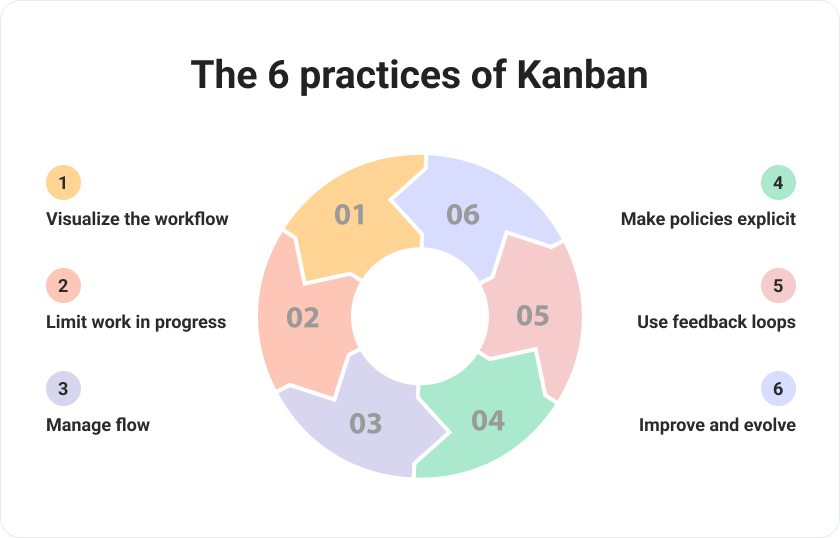
Kanban is a scheduling system for lean manufacturing and just-in-time manufacturing (JIT). It helps manage work by balancing demands with production capacity.
Operational Excellence

Operational excellence is an ongoing effort to improve products, services, or processes by focusing on quality improvement, waste reduction, and enhancing customer satisfaction.
Lean Manufacturing Principles
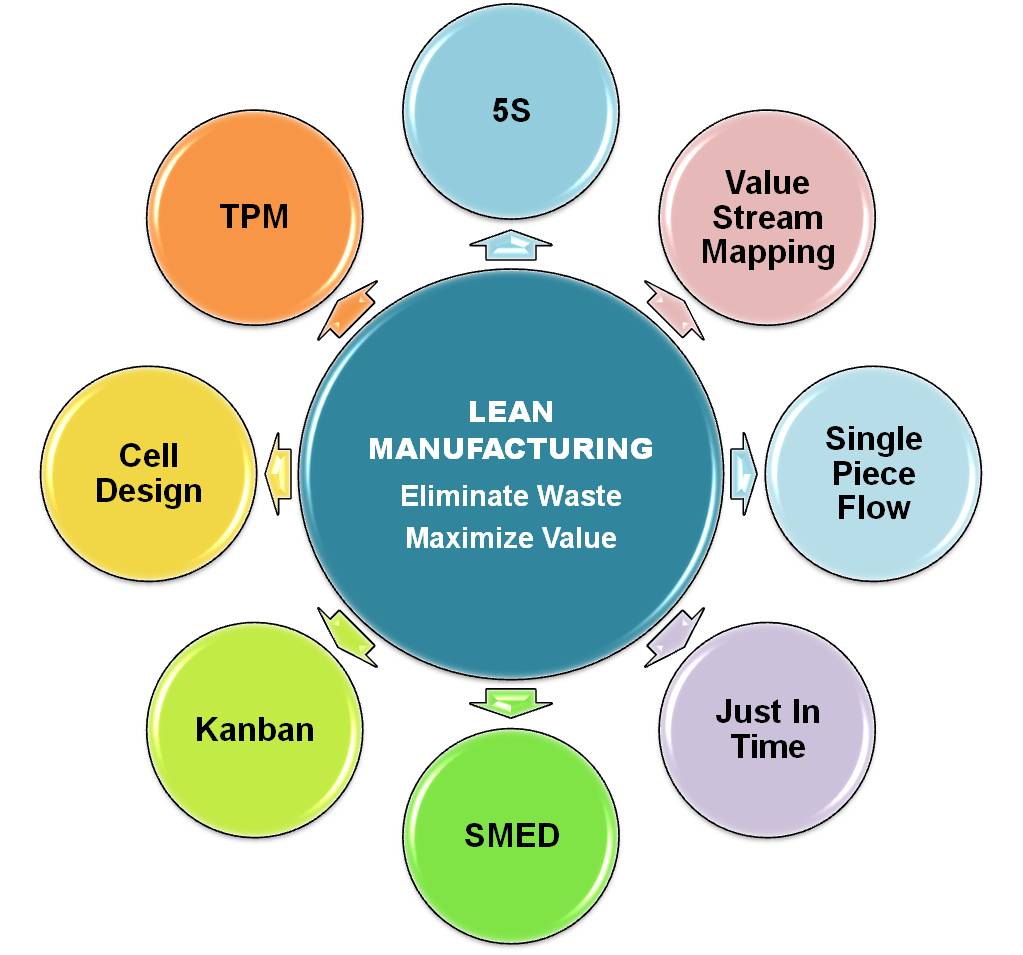
The principles of lean manufacturing focus on minimizing waste within manufacturing systems while simultaneously maximizing productivity. Key principles include value stream mapping and continuous improvement.
Six Sigma
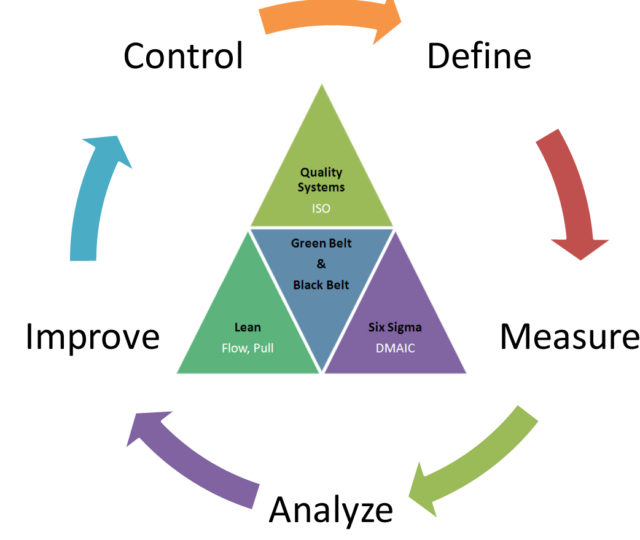
Six Sigma is a set of techniques and tools for process improvement aimed at reducing defects and improving quality in processes through data-driven decision-making.
Champions Training
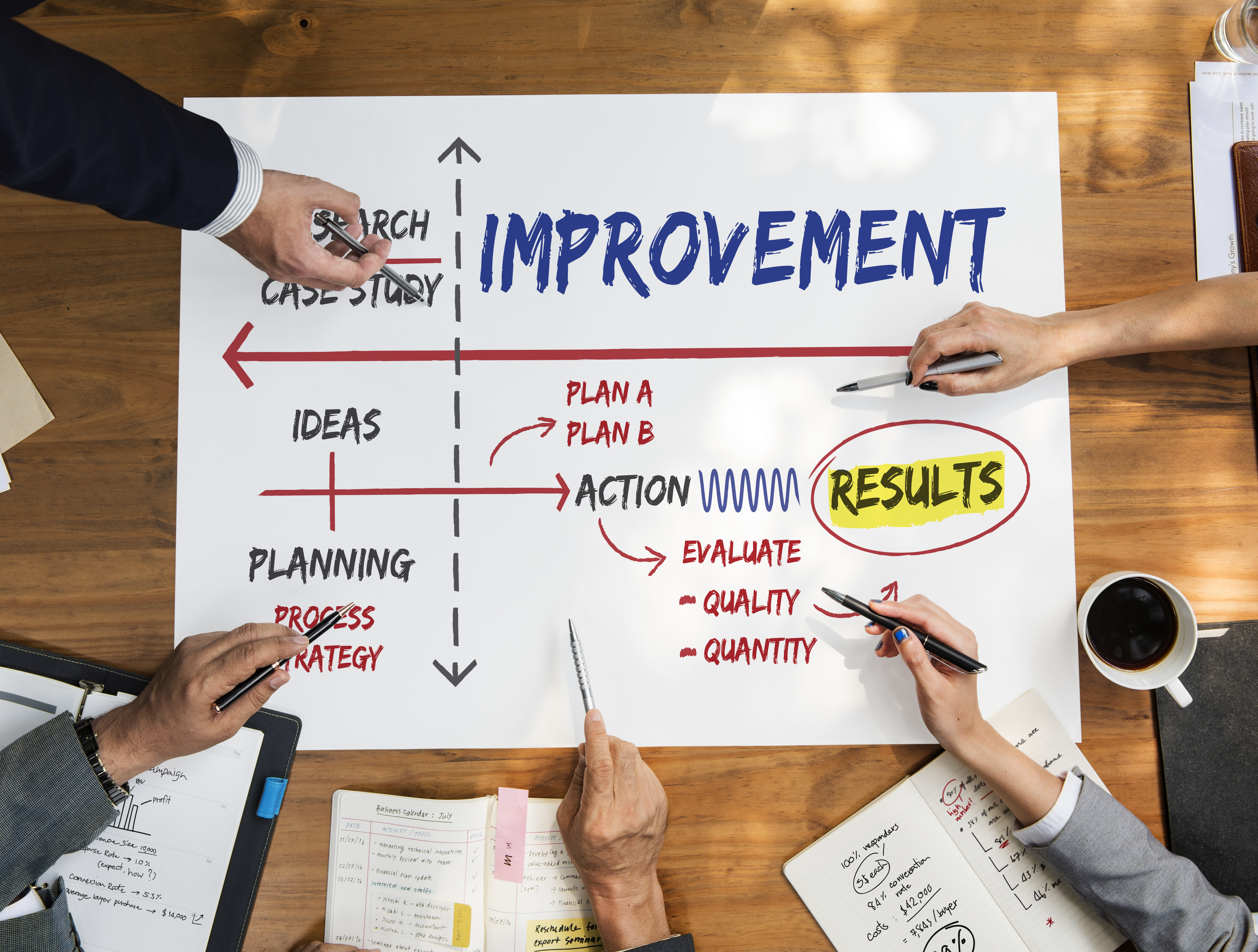
Champions training focuses on developing leaders who can drive change within organizations using Six Sigma methodologies and principles effectively.
Six Sigma Green Belt
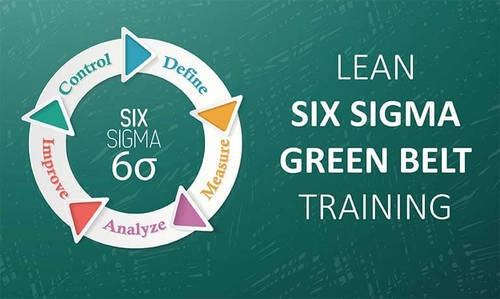
A Six Sigma Green Belt certification indicates proficiency in Six Sigma methodologies and tools at an intermediate level. Green Belts typically lead projects under the guidance of Black Belts.
Six Sigma Black Belt
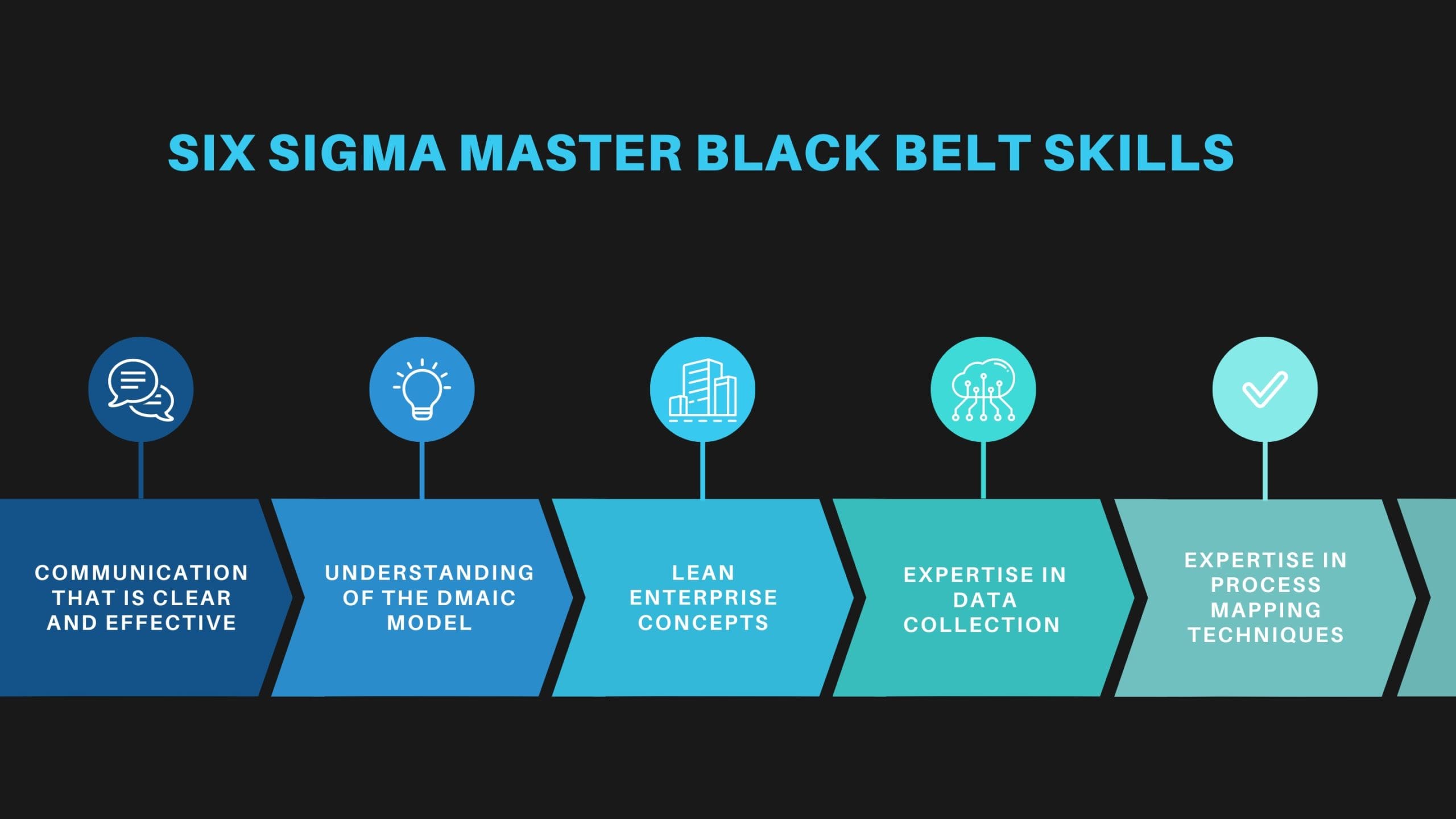
A Six Sigma Black Belt certification signifies advanced knowledge of Six Sigma principles and methods. Black Belts lead complex projects and mentor Green Belts.
Lean Six Sigma
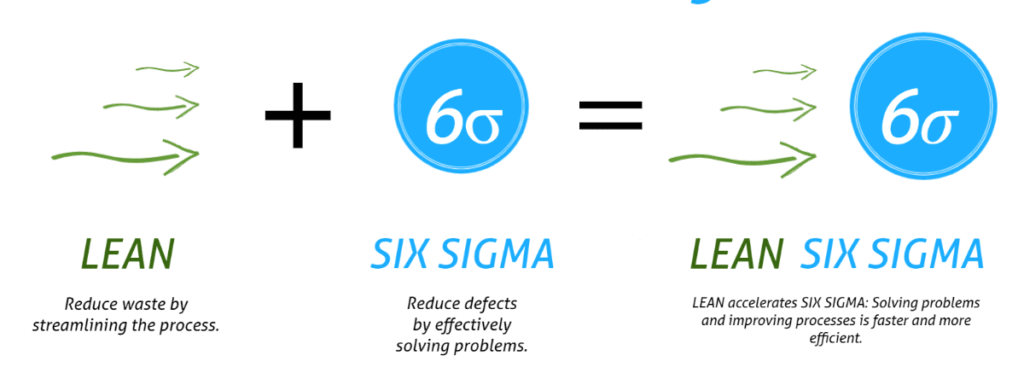
Lean Six Sigma combines lean manufacturing principles with Six Sigma methodologies to enhance process efficiency while reducing waste and improving quality.























